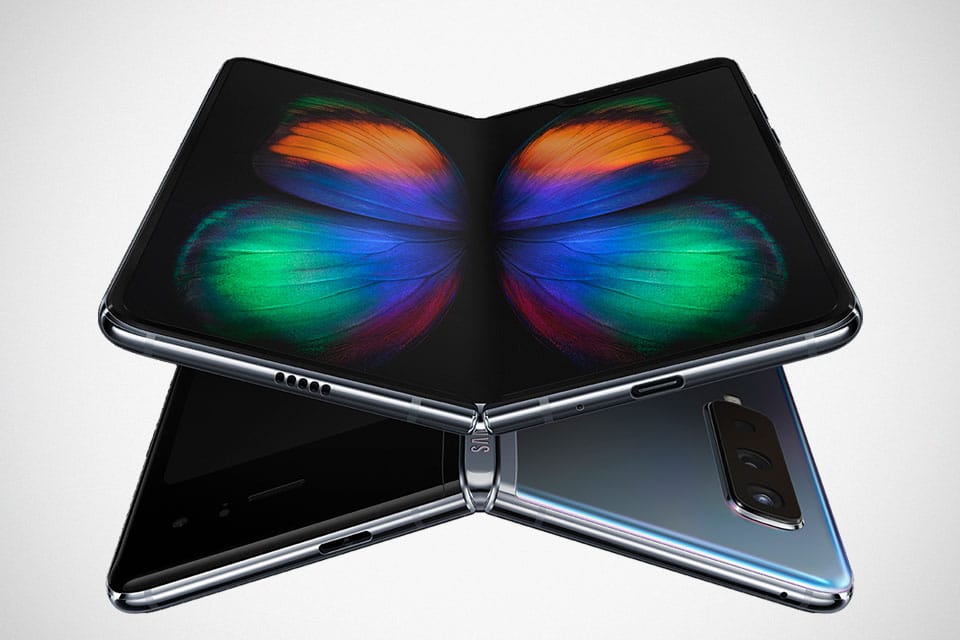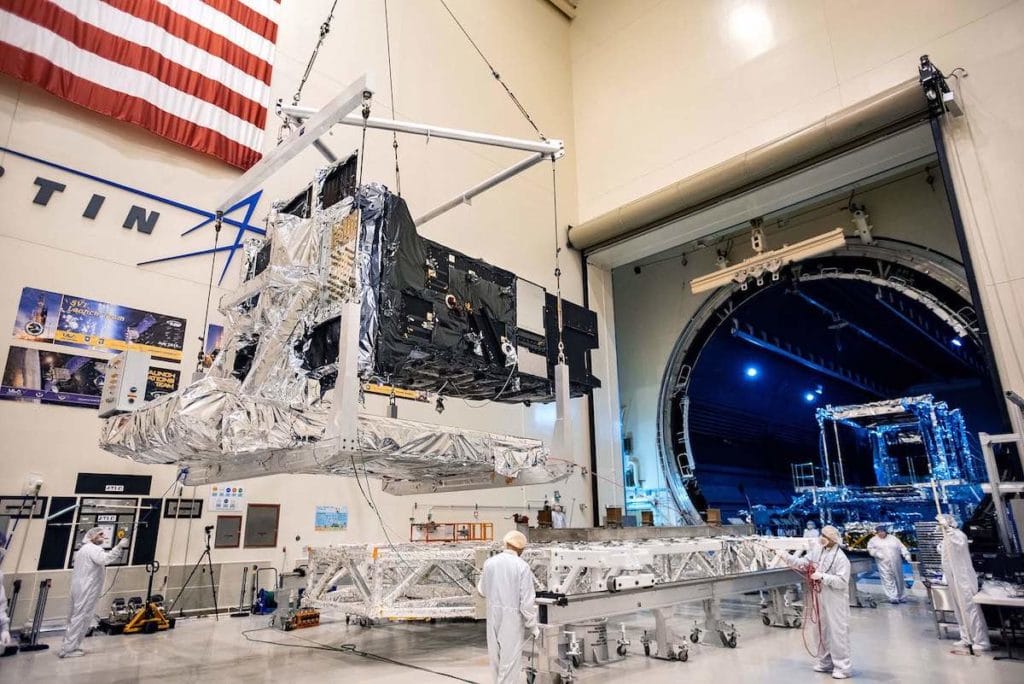As the mobile technology landscape continues to evolve, Samsung remains a key player in the foldable smartphone market. The anticipation surrounding the Galaxy Z Flip 7 and Fold 7 models is palpable among consumers and industry experts alike. However, recent reports indicate that these new iterations may not bring substantial changes compared to their predecessors, the Galaxy Z Flip 6 and Fold 6. This article delves into what we can expect from these upcoming devices, analyzing the potential features and the overall direction of Samsung’s foldable technology.
The Galaxy Z Flip series has garnered a dedicated following since its inception, thanks to its unique clamshell design and compact form factor. The Z Flip 6 was well-received for its sleek aesthetics and improved performance. As Samsung gears up to unveil the Z Flip 7, expectations are high. However, insiders suggest that the changes may be more evolutionary than revolutionary.
One of the primary areas of focus for any new smartphone release is the camera system. The Galaxy Z Flip 6 featured impressive camera capabilities, including a dual-lens setup that delivered quality images in various lighting conditions. While there may be some enhancements in software processing or minor hardware tweaks, the core camera configuration is expected to remain largely unchanged in the Z Flip 7. This could be a disappointment for photography enthusiasts who were hoping for significant upgrades in this area.
Similarly, the Galaxy Z Fold series has made waves with its innovative design, allowing users to experience a tablet-sized display in a foldable format. The Z Fold 6 introduced improvements in multitasking capabilities and overall performance. As the Z Fold 7 approaches its launch, analysts speculate that the device may not feature groundbreaking advancements. Instead, it may focus on refining existing features, such as the multitasking interface and battery life, rather than introducing entirely new functionalities.
Another critical aspect of any smartphone is its display technology. Samsung has long been a leader in display innovation, and the foldable screens of the Z Flip and Z Fold series have showcased this expertise. While the Z Flip 7 and Fold 7 are expected to maintain the high-quality AMOLED displays that have become synonymous with Samsung devices, there are concerns that the lack of significant upgrades in this area may leave some users wanting more.
Battery life is a perennial concern for smartphone users, and foldable devices often face unique challenges in this regard. The Z Flip 6 and Z Fold 6 offered respectable battery performance, but the demands of running multiple applications on a large screen can strain power consumption. While the Z Flip 7 and Fold 7 may feature optimizations to improve battery efficiency, the overall capacity may not see significant increases. This could lead to a similar experience for users who are accustomed to the performance of their current devices.
In terms of design, Samsung has consistently pushed the envelope with its foldable smartphones. The Z Flip 6 and Z Fold 6 showcased elegant designs and premium materials. As the Z Flip 7 and Fold 7 approach their release, it is expected that Samsung will continue this trend. However, reports suggest that the design may not deviate significantly from previous models, with only minor refinements to aesthetics and ergonomics.
One of the driving forces behind Samsung’s foldable strategy has been the integration of software features that leverage the unique form factors of these devices. The One UI interface has evolved to accommodate the capabilities of foldable phones, allowing for enhanced multitasking and app utilization. The Z Flip 7 and Fold 7 will likely build upon this foundation, but the lack of major changes may lead to questions about the long-term innovation strategy for Samsung’s foldable lineup.
As the launch date approaches, consumers and analysts will be closely monitoring Samsung’s announcements regarding the Galaxy Z Flip 7 and Fold 7. While the devices are expected to maintain the quality and performance that users have come to expect, the absence of significant upgrades may lead to a more muted reception compared to previous launches.
In conclusion, the Galaxy Z Flip 7 and Fold 7 are set to continue Samsung’s legacy in the foldable smartphone market, but the anticipated lack of major changes raises questions about the future direction of this innovative technology. As consumers weigh the merits of upgrading to these new models, it remains to be seen whether the incremental improvements will be enough to entice users to make the switch. With foldable technology still in its relative infancy, Samsung’s strategy may ultimately shape the trajectory of this market segment in the years to come.



